2025 Audi Q7 First Drive Review
The Audi Q7 gets a nip and tuck yet again. But is it enough to be worthy of your attention?

In the world of premium luxury SUVs, the Audi Q7 is an undoubtedly popular choice, so much so that it’s the best-selling Audi in the Indian market. Now, Audi has launched another facelift of the Q7, which, interestingly, has the same starting price of ₹88.6 lakh (ex-showroom) as before. As far as the changes are concerned, the list is quite short, which raises the question – does the new Audi Q7 offer enough to stay relevant amid the ever-growing competition? Let’s find out.
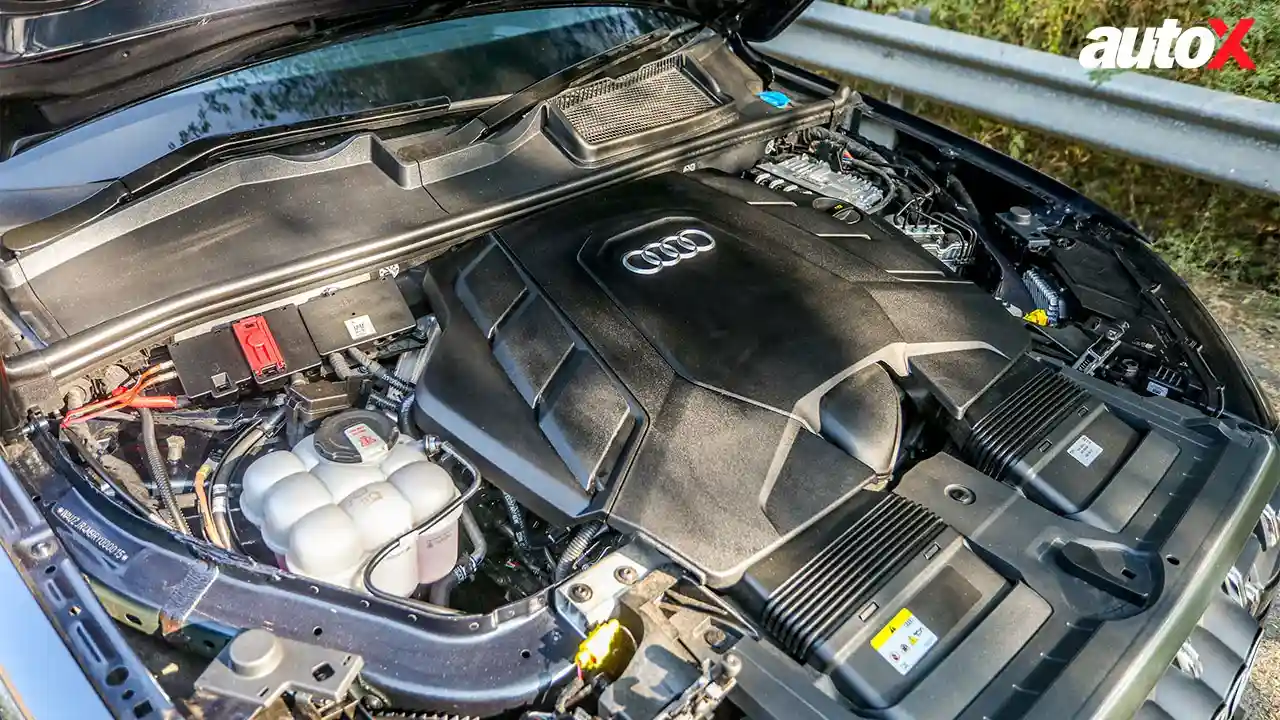
If It ain’t broke, Don’t Fix It
It seems that this is exactly the idea that influenced the final decisions regarding the exterior updates of the new Q7, for there’s not much that’s different. The most noticeable change is the new grille, which gives the front of the car a more butch look. The updated headlights are now more powerful, and the new bumper brings the Q7 closer to Audi’s flagship – the Q8. The side profile remains unchanged, which is not a bad thing, to be honest, as it still has that muscular silhouette, complemented by those good-looking, larger 20-inch alloy wheels. At the rear, the taillights, trapezoidal exhaust tips, and a slightly revised bumper get new detailing. The facelift really doesn’t drastically change the look of the car, but thanks to its simple yet muscular design and large dimensions, the Q7 remains instantly recognisable, even from a distance.
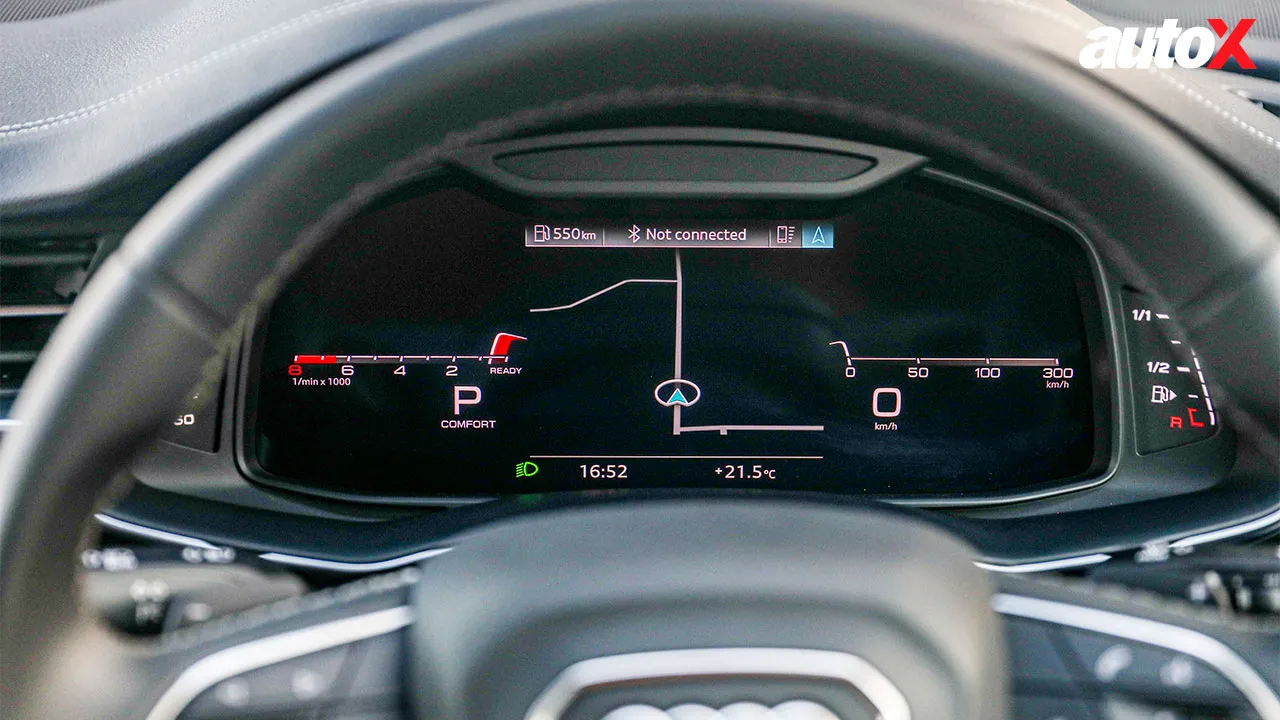
The inside of the car tells a similar story – in fact, the list of changes here is even shorter. The only noticeable change is the new dark open-pore wood panelling on the doors and the dashboard. The infotainment system’s software has also received a bit of an update, but that’s about it – everything else remains the same inside. While this might make it a bit tempting to criticise the car, especially if you go purely by the spec sheet, the fact remains that the cabin continues to offer a premium experience, albeit largely unchanged. The large, comfortable seats, excellent fit and finish throughout the cabin, and generous space for middle-row passengers make you appreciate what Audi has to offer. Other feel-good features like four-zone climate control, B-pillar vents, manual sunblinds, panoramic sunroof, memory function for the front seats, and a great-sounding 730W 19-speaker Bang & Olufsen audio system further add to the premium in-cabin experience.
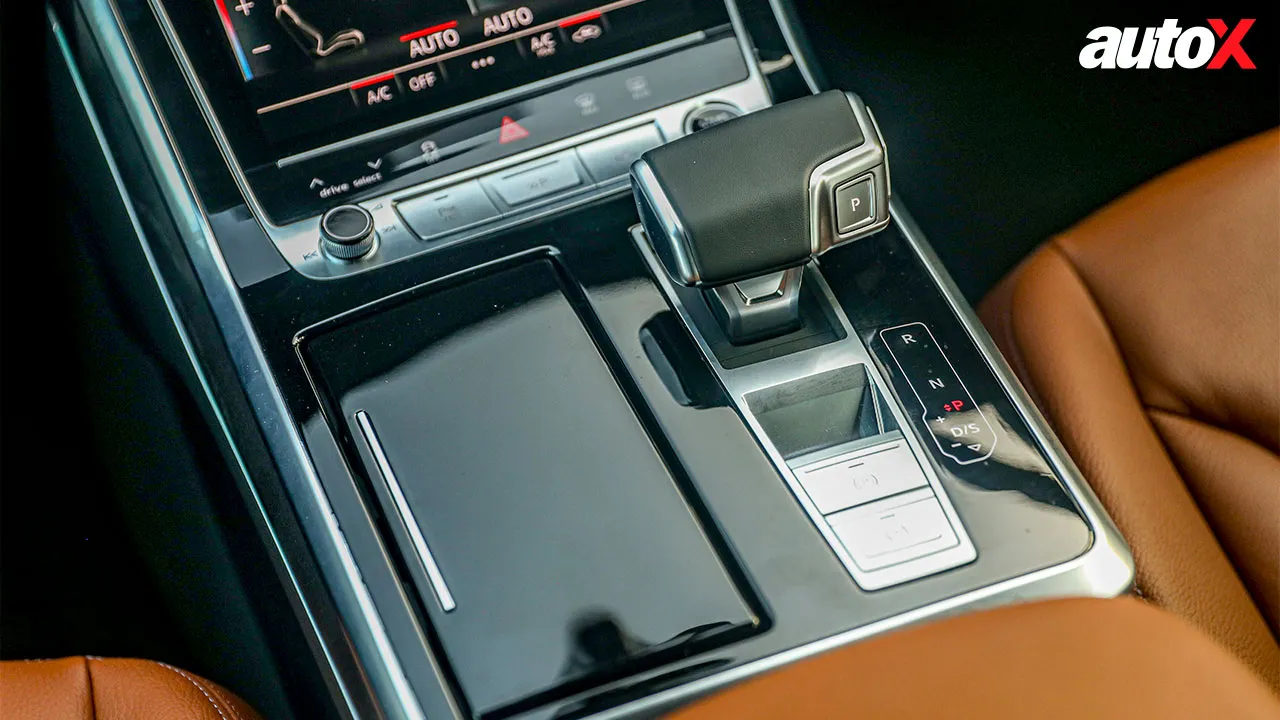
What I can’t help but criticise, however, is the absence of support for wireless Android Auto and Apple CarPlay connectivity. It’s 2025 for God’s sake! Cars costing a fraction of the Q7 already offer this feature. I think it’s a significant oversight and a missed opportunity for Audi, as it’s something I use every time I drive a car. In a car that costs nearly a crore, I find it unacceptable to have a cable cluttering the cabin. Another letdown is the lack of adequate space in the last row of seats. They are really only suited for children, at best. Additionally, the Q7 also doesn’t offer ventilated or heated seats, which are otherwise very comfortable.
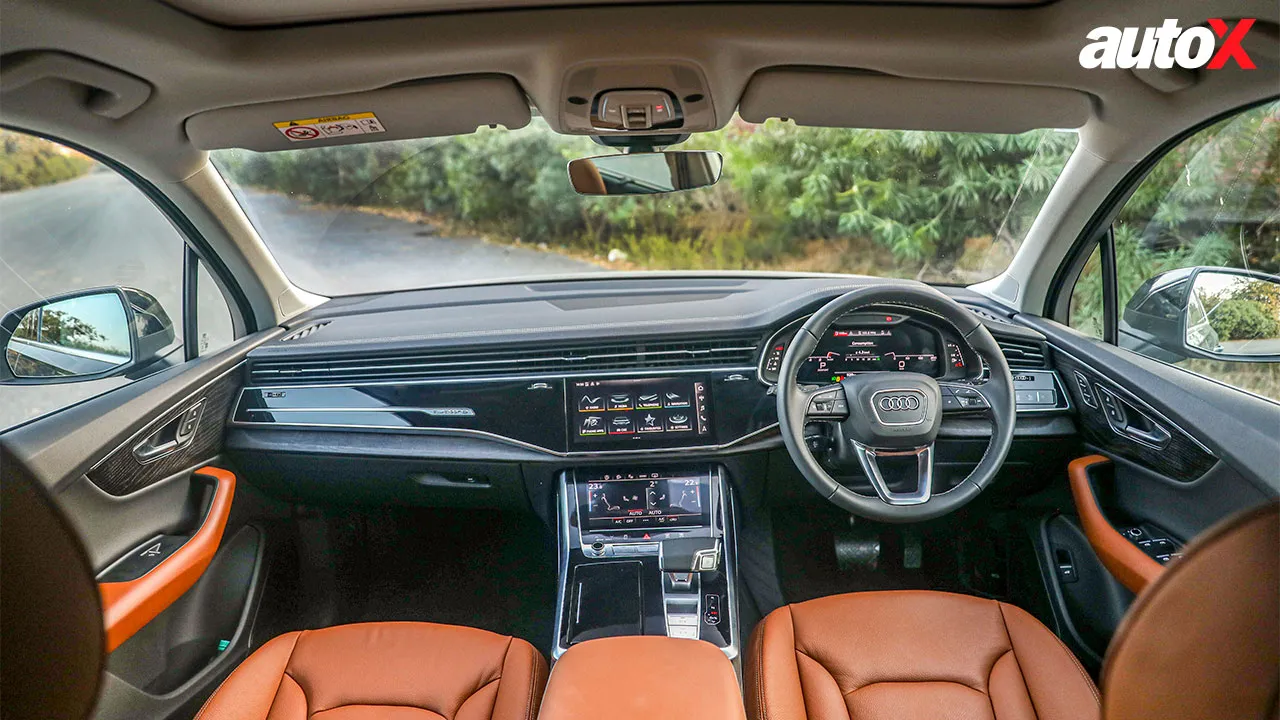
And then, of course, there are the screens. The 10.1-inch infotainment system, along with the 8.6-inch air-con control screen below it, offer a great user experience. The 12.3-inch digital instrument cluster is still fantastic and one of the best in the segment.
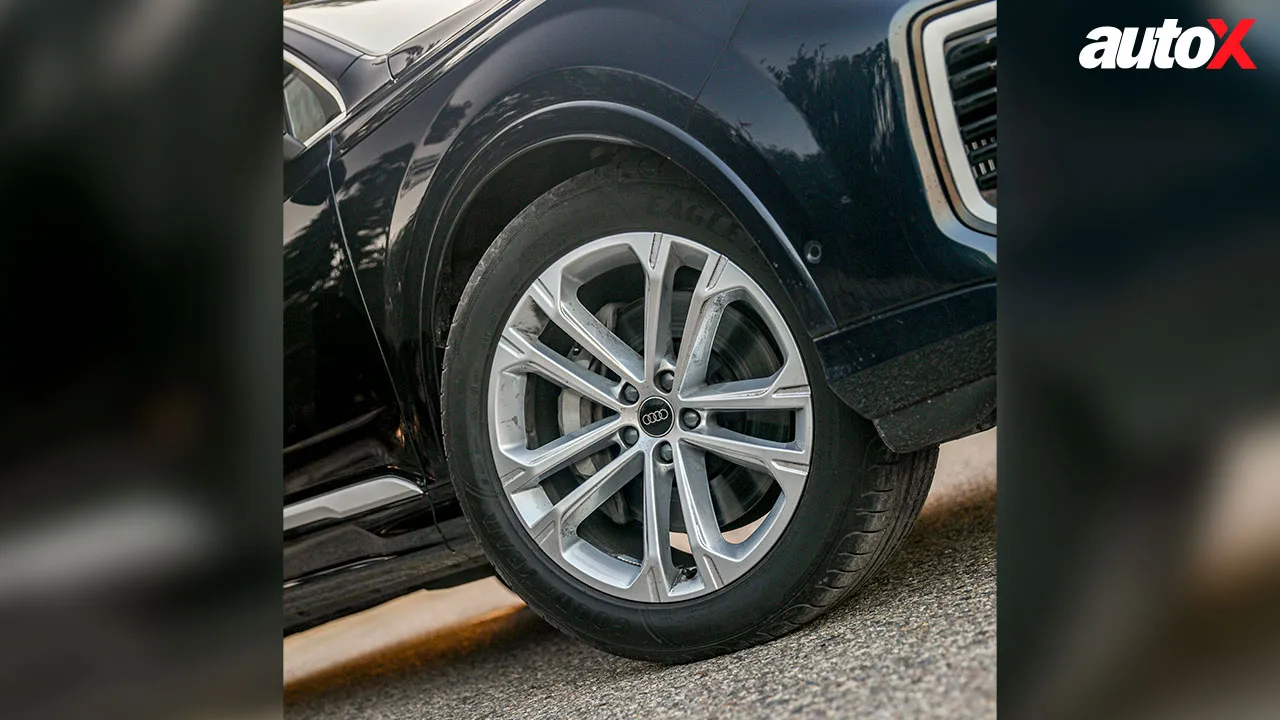
Rock-Solid Basics
The highlight of the Q7 undoubtedly lies in the way it drives. Powered by a 335bhp, 3.0-litre V6 engine, it performs in a way that will leave you thoroughly impressed. Despite being such a massive SUV (over 5 metres in length!), it sprints from a standstill to 100 km/h in just 5.6 seconds and goes all the way to a top speed of 250km/h. What’s impressive is not just the way it accelerates but also the way it defies its weight and size around corners. While there is quite a noticeable body roll due to its suspension setup, which is tuned to be on the softer side, it never seems to run out of grip!
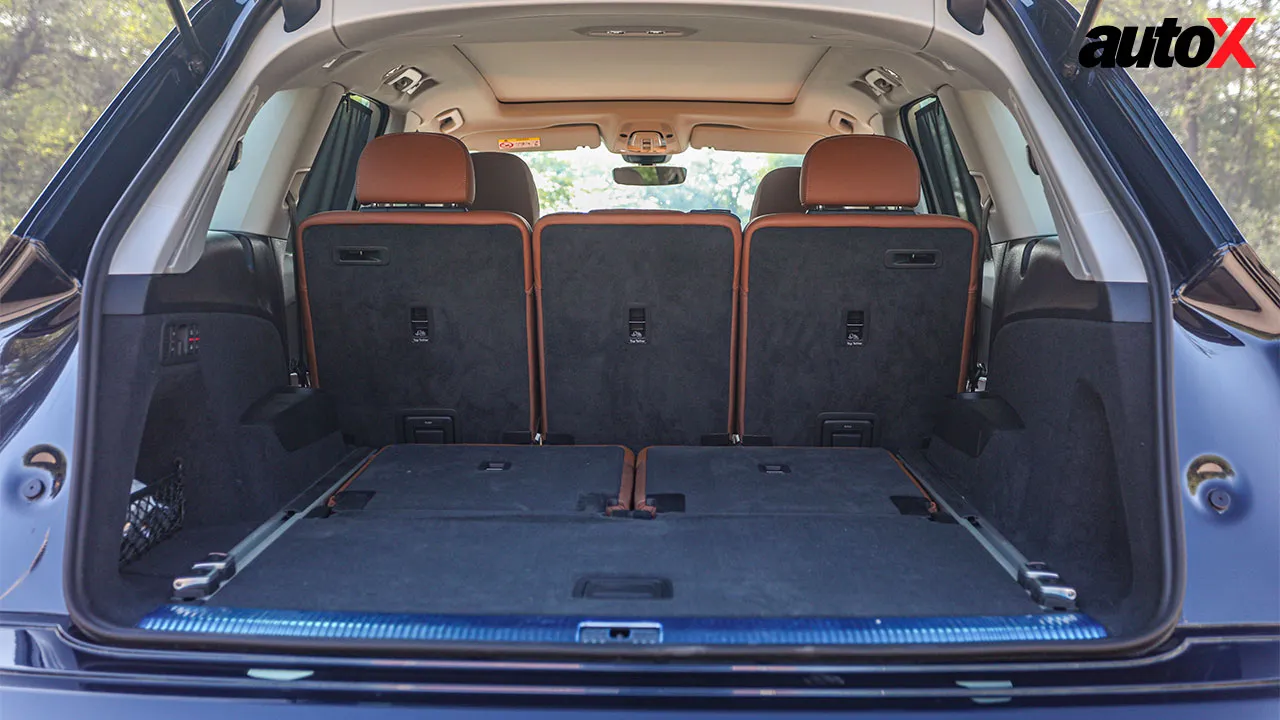
Speaking of the suspension, it effortlessly absorbs potholes and rough patches. However, being on the softer side, there is a bit of vertical movement when going over road undulations. What really stands out is just how well it masks triple-digit speeds – it almost takes you by surprise when you check the speedometer, especially considering how smoothly and quickly it reaches such speeds. There are multiple ways to customise the car’s suspension setup and ride and handling to suit your preferences. Overall, the Q7’s driving dynamics and impressive comfort make it a fantastic mile muncher.
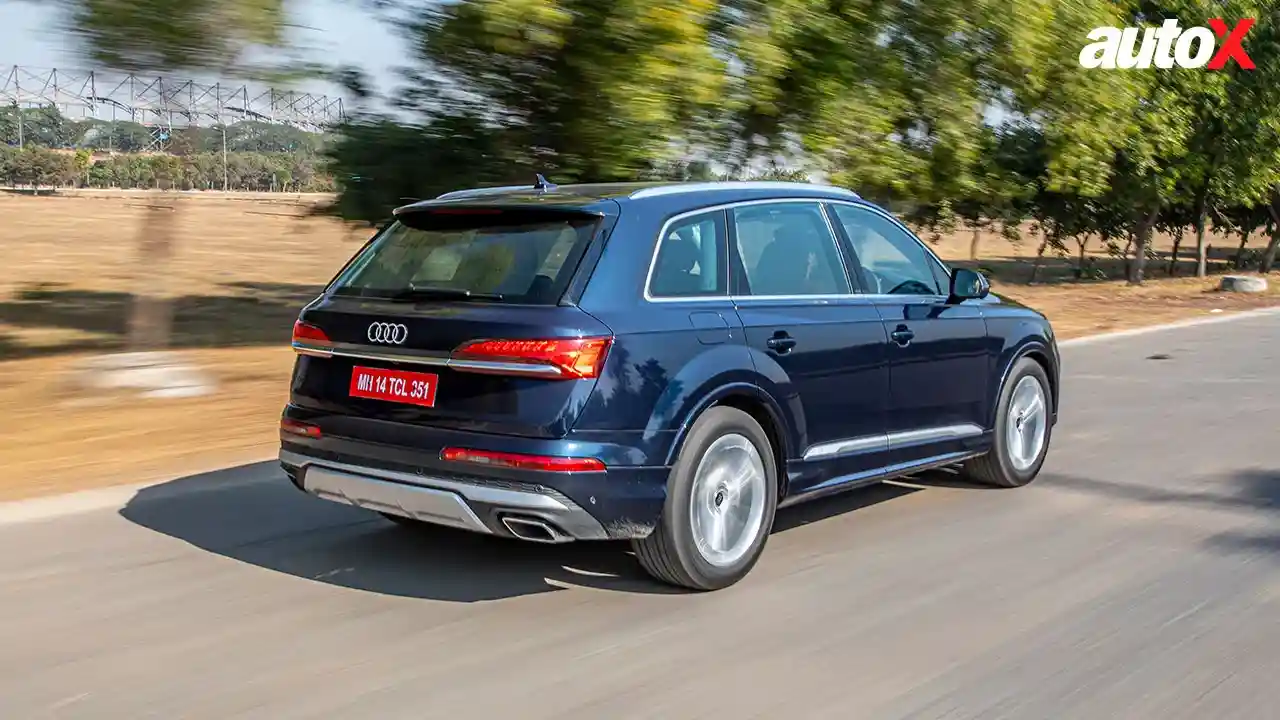
Verdict
Much like many other facelifts, the new Q7 might initially seem like a minimum effort job to keep the product relevant amid ever-growing competition, which may appear to have gained an edge. However, after spending some time with the car, you are reminded that cars are more than just the sum of their specification sheets – something that the Q7 exemplifies perfectly. With a fantastic driving experience powered by a V6 engine and the same price as before, the new Q7’s minor changes only add to what was already a great package. So, to dismiss it in favour of its competitors simply based on its features list wouldn’t be a prudent course of action. Take it for a test drive, and you’ll be pleasantly surprised by the value-for-money it offers!
----
While the Q7 has strong foundations, the time is right for a generation update
Engine: 2,995cc 6-Cylinder
Transmission: 8-Speed AT AWD
Power: 335bhp
Torque: 500Nm
Fuel: Petrol
Price: ₹88 Lakh Ex showroom
X-Factor: Great for chauffeur-driven use with good value-for-money.
|
Pros |
Cons |


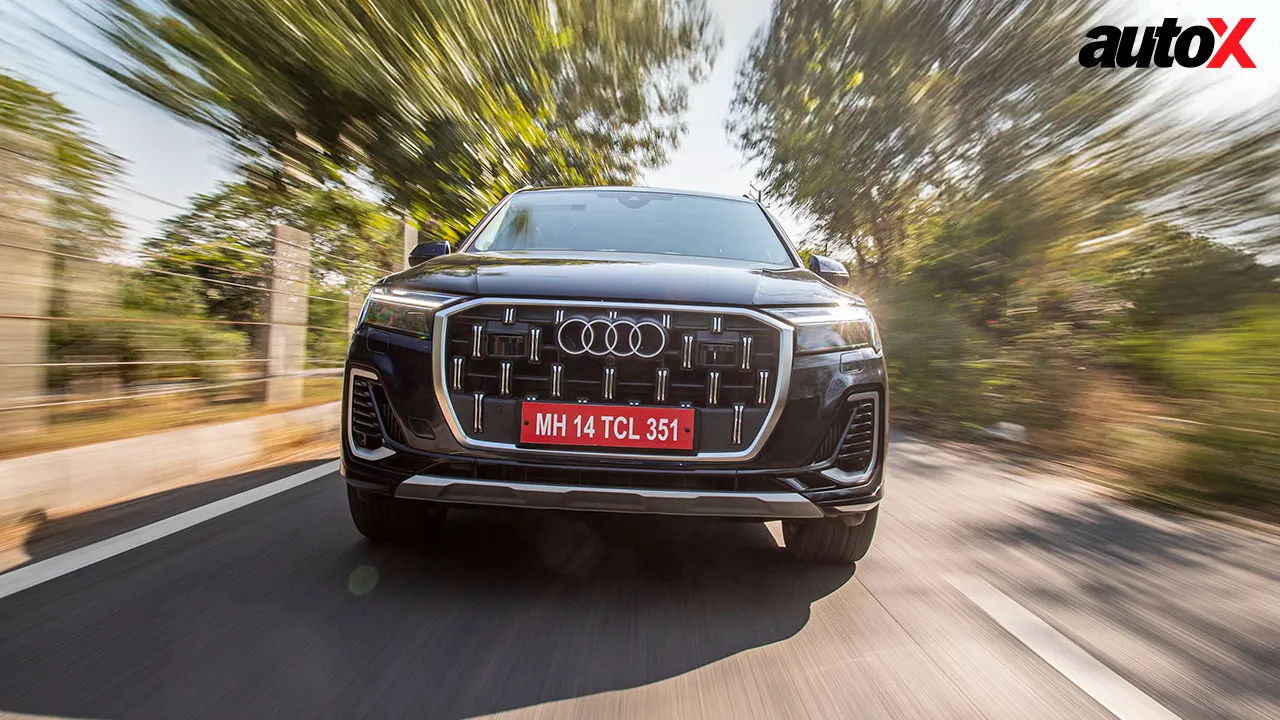
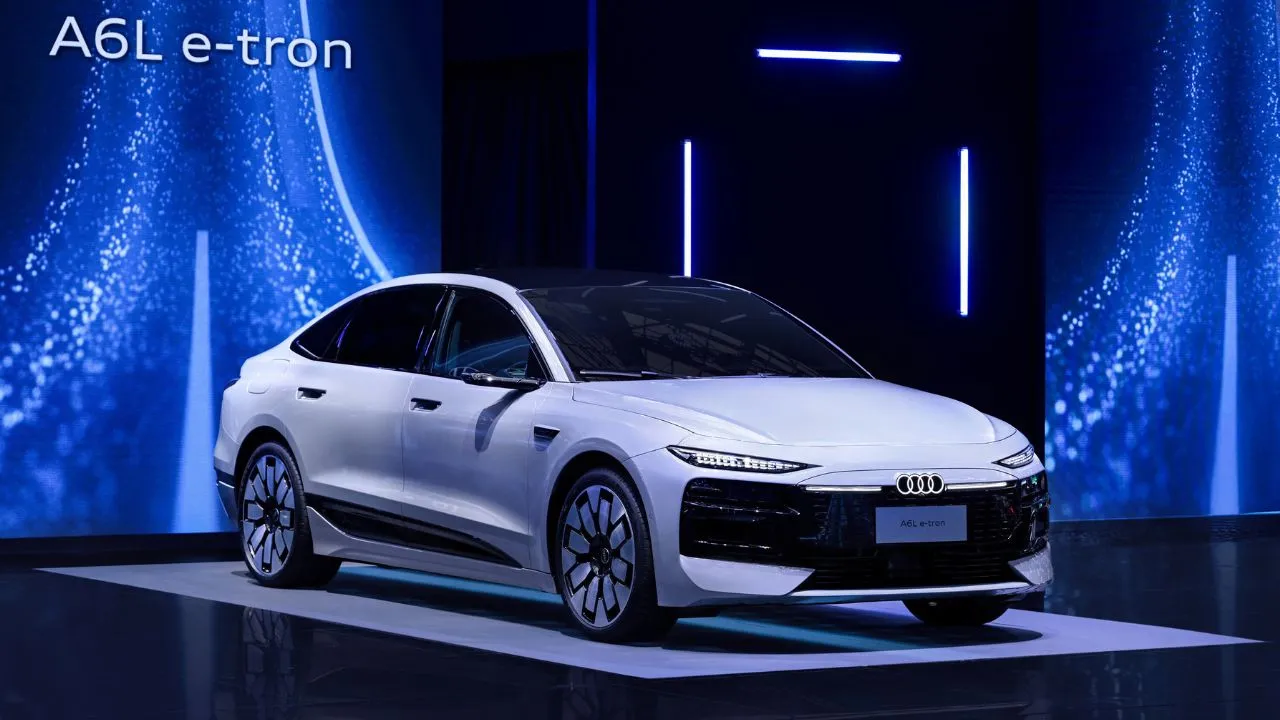
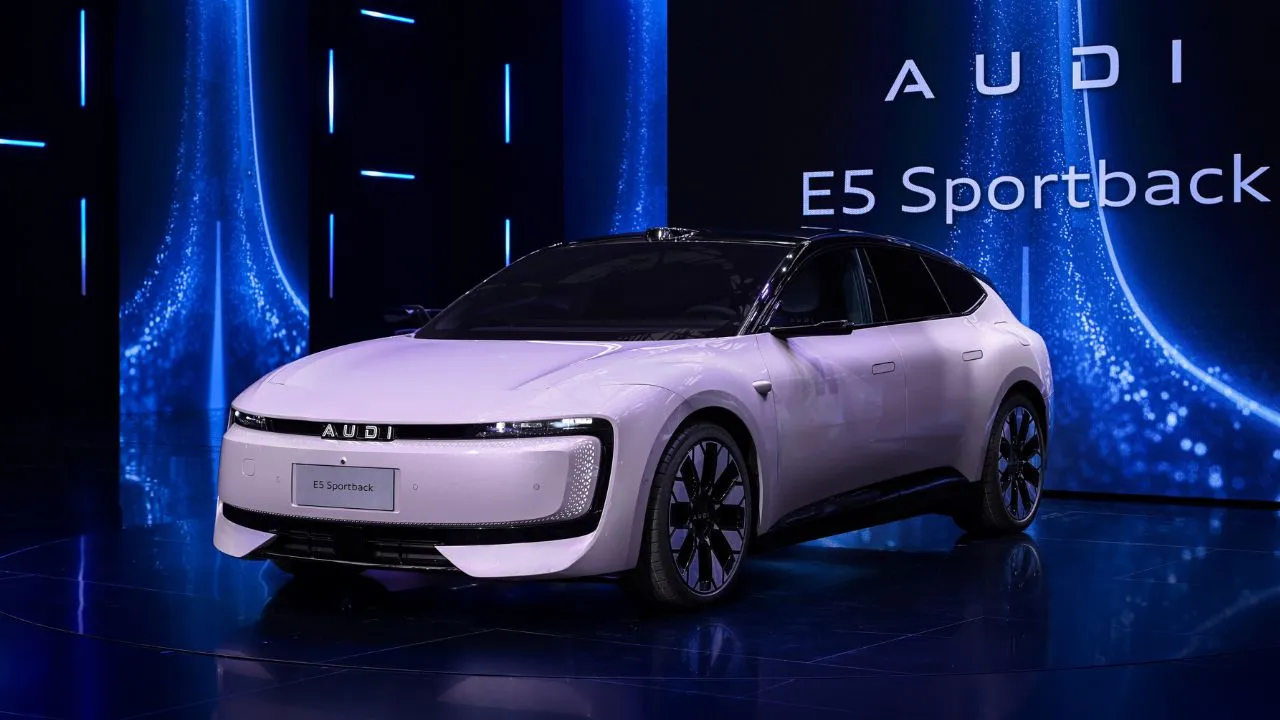
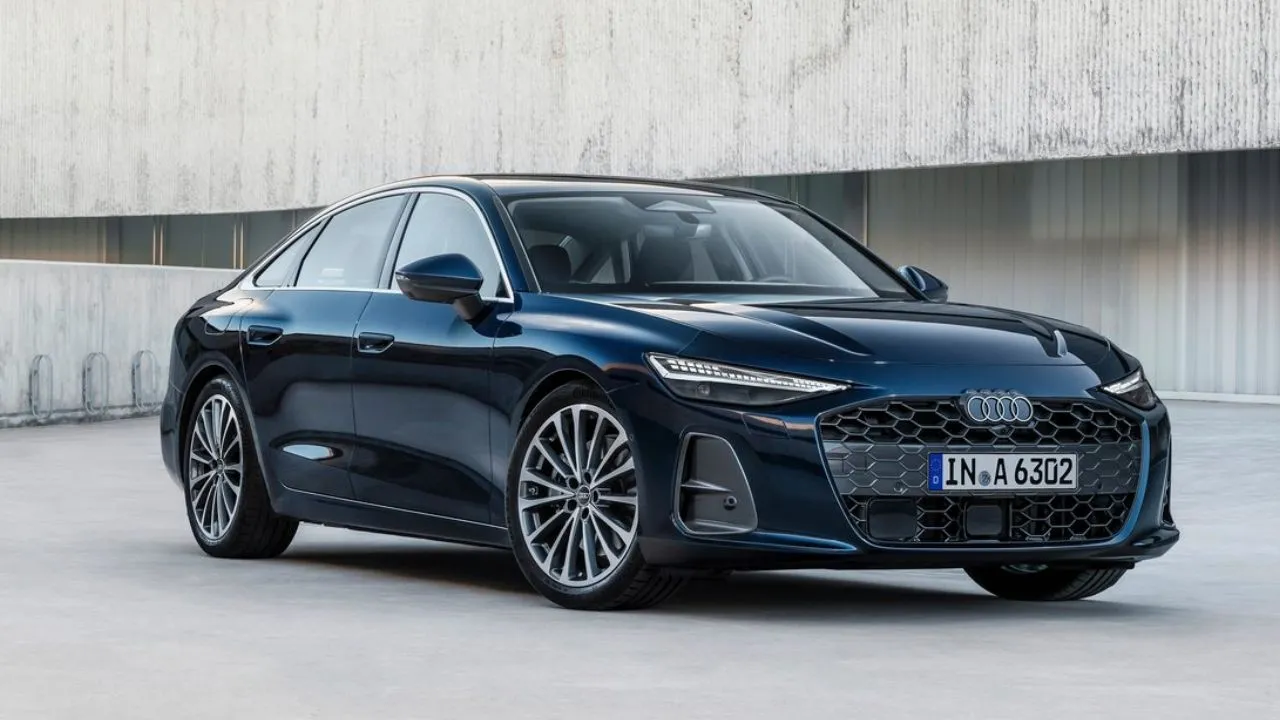
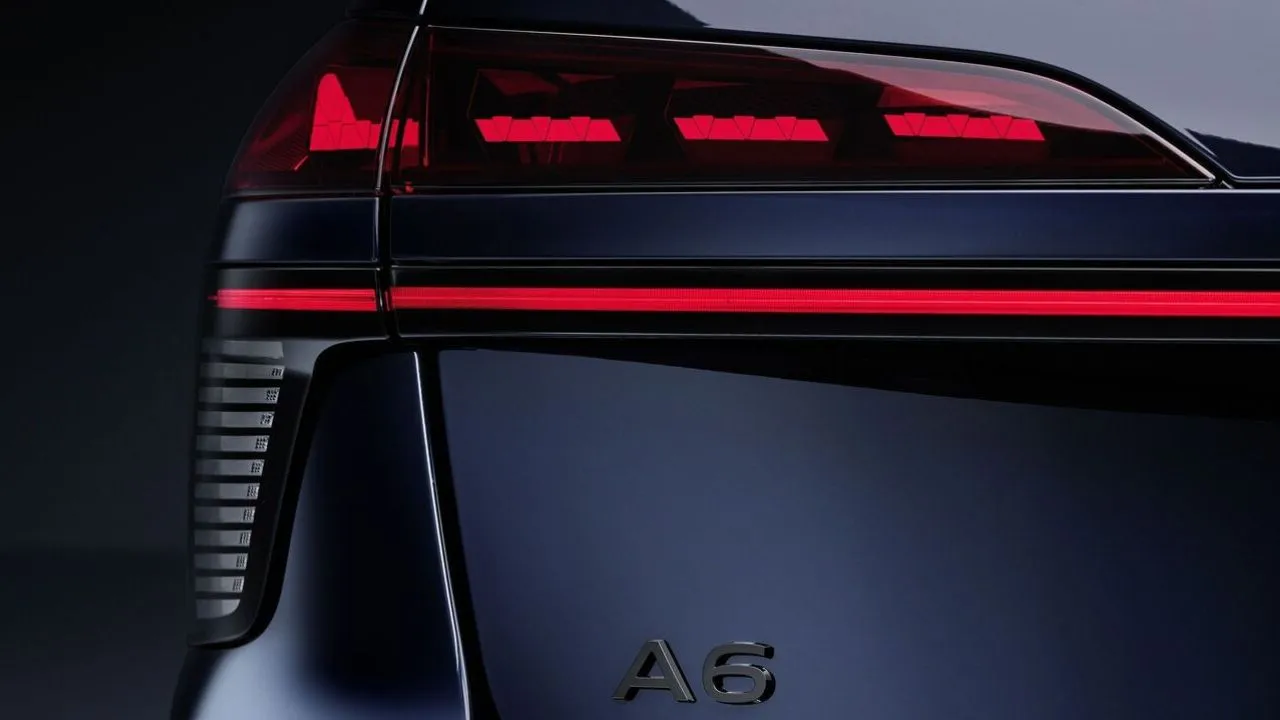
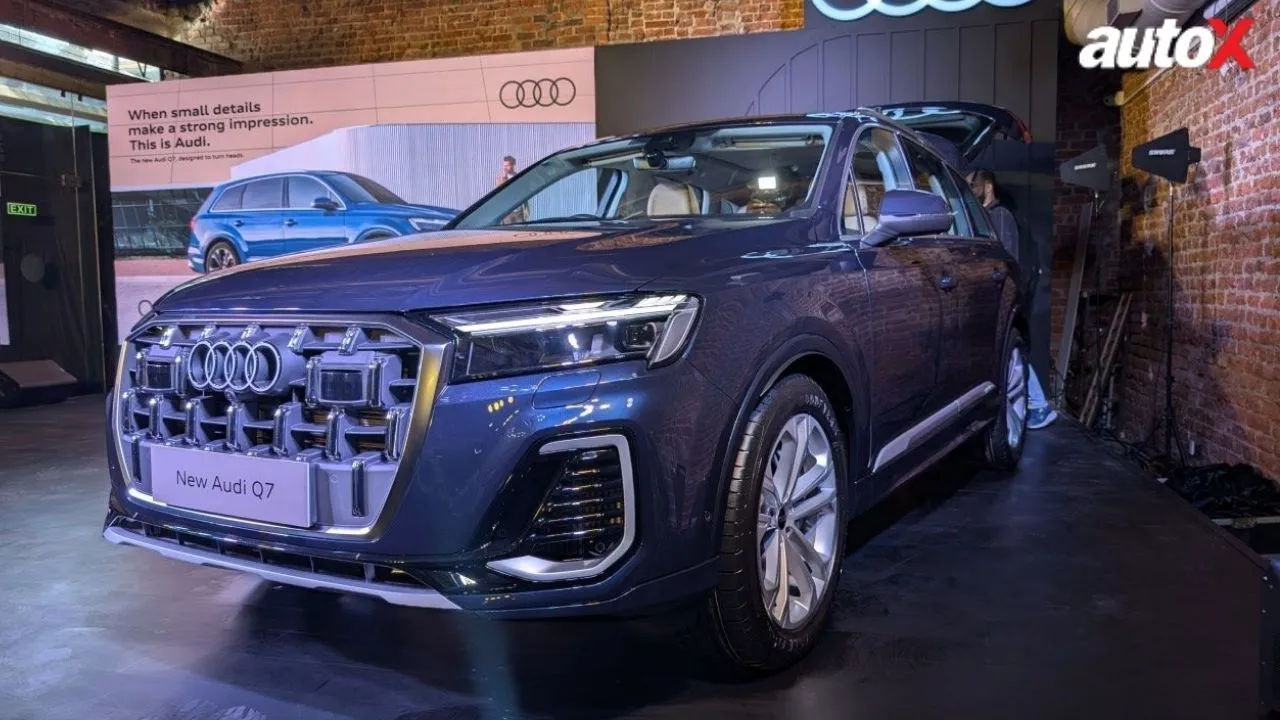
Write your Comment on